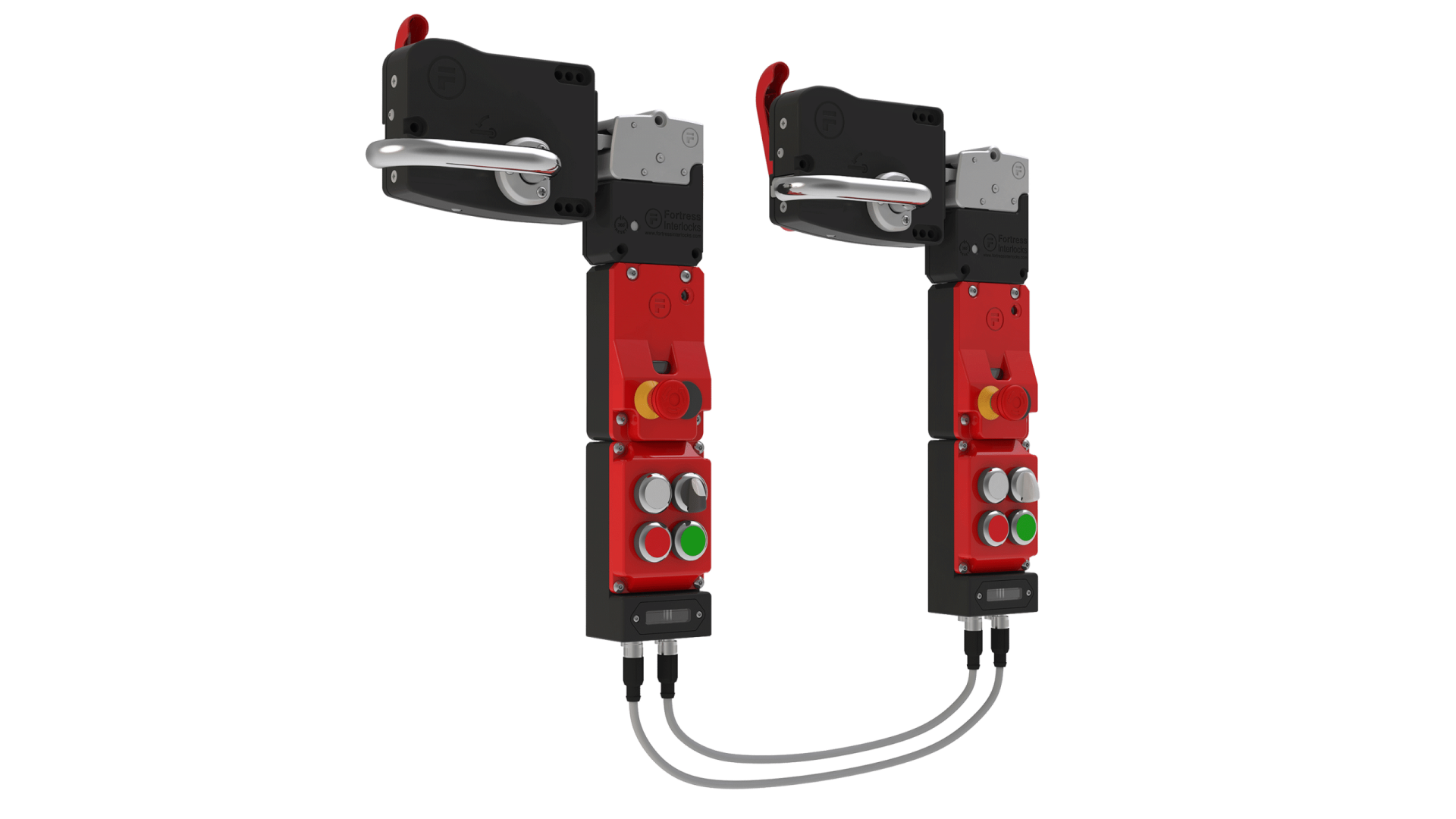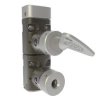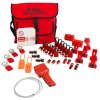Electrical Interlock: Principles of Operation and Importance in Control Systems
Last updated: 10 Aug 2025
1176 Views

In the world of industry and electrical systems, the term Electrical Interlock is a key concept that enhances both safety and operational efficiency for machinery and various equipment. This article will guide you through the basics of Electrical Interlocksfrom how they work to their importance and real-world applications.
How Electrical Interlocks Work?An Electrical Interlock is a system that uses electrical signals to prevent one device from operating until certain conditions are met by another device. Simply put, it creates a "condition" or "agreement" between two or more electrical devices to avoid incorrect or dangerous operation.
A simple example is preventing two motors from running in opposite directions at the same time. If Motor 1 is operating, the interlock signal will instruct Motor 2 to not operate until Motor 1 has fully stopped.
Generally, Electrical Interlocks work by connecting the electrical circuits of different devices in a way that controls the supply of power or control signals. Common examples include:
- Limit Switches: Installed on safety doors or machine covers. If the door is open, the switch cuts the circuit so the machine cannot run.
- Relays: Control the opening and closing of circuits based on set conditionsfor example, a relay may allow a motor to run only if the voltage is correct and a sensor confirms no obstruction.
- Contactors: Work with relays to control the power supply to high-power devices. A contactor will only operate when it receives a signal from a control circuit that has passed the interlock conditions.
- PLC (Programmable Logic Controller): In more complex systems, PLCs can be programmed to manage various interlock conditions with flexibility and precision.
- Maximum Safety: The main reason for using interlocks is to prevent accidents caused by human error or equipment malfunctionsuch as stopping a switchgear cabinet door from opening while the system is live, or preventing machinery from running if safety covers are not closed.
- Protection of Equipment: Incorrect operation can cause severe and costly damage. Interlocks prevent unsafe actions, such as suddenly reversing a motors rotation, which could damage the motor.
- Improved Production Efficiency: In production lines that require sequential operations, interlocks ensure each step occurs in the correct order, resulting in smoother and more efficient processes.
- Reduced Maintenance Costs: When equipment operates safely and correctly, the frequency of repairs decreases, saving costs in the long term.
- Compliance with Safety Standards: Interlocks are an essential part of meeting international safety standards in many industries.
- Motor Control Systems: ForwardReverse motor control requires interlocks to prevent the motor from running in both directions at the same time, which could cause a short circuit and damage the motor.
- Safety Doors and Covers: In high-risk machinery such as metal stamping presses or laser cutters, interlocks prevent the machine from operating when doors or covers are open.
- Building Electrical Systems: Switching between a main transformer and a backup generator requires interlocks to prevent both power sources from feeding the system simultaneously, which could cause severe system damage.
- Cranes and Elevators: Interlocks prevent elevator doors from opening while the elevator is moving, or stop cranes from lifting loads beyond their rated capacity.
Electrical Interlocks are not just ordinary control circuitsthey are at the heart of safety and reliability in every electrical system. Understanding and applying this principle not only reduces the risk of accidents but also serves as an investment in improving equipment efficiency and extending service life. If you are designing or upgrading an electrical system in a factory, make sure to prioritize Electrical Interlocks to create a safe and dependable working environment for the long term.
Related Content
A mechanical interlock is a safety mechanism designed to control the sequence of operations between components or equipment using physical means. It is commonly used in industrial environments where safety is critical, such as electrical switchgear systems, machinery, and manufacturing processes.
2 Aug 2025
In today’s industrial world, where safety is a top priority—especially in factories with large machinery and complex processes—interlock systems play a vital role in preventing accidents and ensuring operations follow the correct sequence.
14 Jun 2025
In workplaces that involve machinery and electrical equipment, employee safety is paramount. One of the processes and tools that help mitigate risks during maintenance or repairs is Lockout Tagout (LOTO).
25 May 2025


